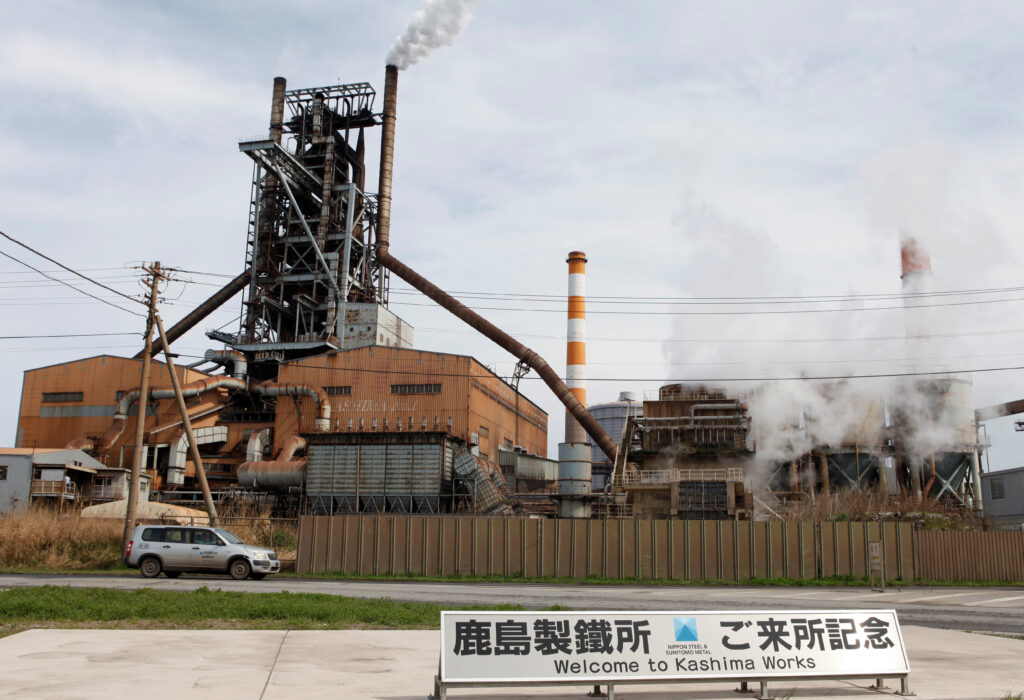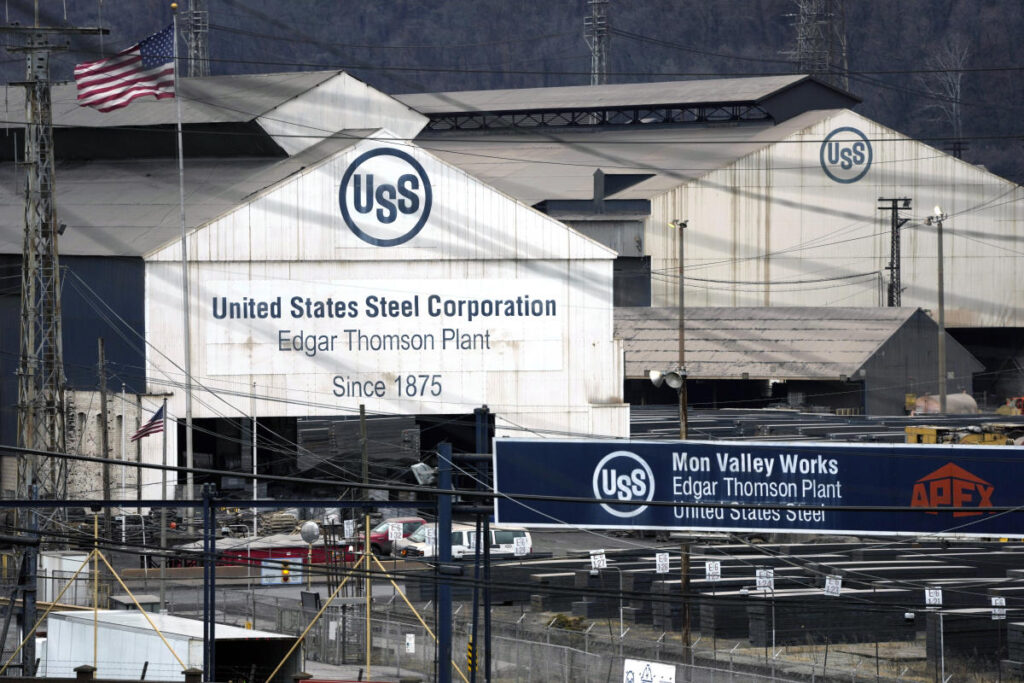
reuters
U.S. Steel, a company that once led the global steel market and was considered a symbol of U.S. industrialization, will be acquired by a Japanese steel company.
According to Japanese media such as the Nihon Keizai Shimbun and Kyodo News, Japan Steel announced on the 19th that it would purchase US Steel for $14.1 billion.
Japan Steel plans to buy all US Steel shares and make them a wholly owned subsidiary.
Regarding the acquisition of US Steel, Japan Steel said, “The U.S. is the largest market in developed countries and can expect demand for high-quality steel.” Pittsburgh-based US Steel is a 122-year-old company founded by John Pyrmont Morgan in 1901 by buying Carnegie Steel of “steel king” Andrew Carnegie.
At the time, Carnegie sold Carnegie Steel, the largest U.S. steel company, to a Morgan-led trust for $492 million, then withdrew from the business and devoted itself to charity.
US Steel, which was created by the merger of Federal Steel Company and National Steel Company with Carnegie Steel, has also been listed as the world’s largest steel company and a company whose corporate value exceeded $1 billion for the first time in history.
It is also based in the Empire State Building, a symbol of New York, and has enjoyed a major tenant position in the building for 75 years.
In 1943, at its peak, the number of employees reached 340,000, and in 1953, the production of crude steel reached 35 million tons.
However, in the second half of the 20th century, it began to give Japan, Germany, and China the initiative, and its corporate value decreased as it separated the highly profitable energy business sector.
U.S. Steel, once the world’s No. 1 market capitalization, had to suffer the humiliation of being kicked out of the S&P 500 index, which consists of 500 major U.S. conglomerates in 2014. Pittsburgh-based U.S. Steel is a 122-year-old company founded by John Pyrmont Morgan in 1901 by buying Andrew Carnegie’s Carnegie Steel, the “steel king.”
At the time, Carnegie sold Carnegie Steel, the largest U.S. steel company, to a Morgan-led trust for $492 million, then withdrew from the business and devoted itself to charity.
US Steel, which was created by the merger of Federal Steel Company and National Steel Company with Carnegie Steel, has also been listed as the world’s largest steel company and a company whose corporate value exceeded $1 billion for the first time in history.
It is also based in the Empire State Building, a symbol of New York, and has enjoyed a major tenant position in the building for 75 years.
In 1943, at its peak, the number of employees reached 340,000, and in 1953, the production of crude steel reached 35 million tons.
However, in the second half of the 20th century, it began to give Japan, Germany, and China the initiative, and its corporate value decreased as it separated the highly profitable energy business sector.
US Steel, once the world’s No. 1 market capitalization, had to face the humiliation of being kicked out of the S&P 500 Index, which consists of 500 major U.S. conglomerates in 2014. It was already known last August that US Steel received and is considering acquisition-related proposals from several companies.
According to Nikkei, US Steel has rejected a proposal to acquire rival Cleveland-Cleeps worth about $7.2 billion (about 9.3672 trillion won).

Japan Steel, which recognized its overseas business as a mid- to long-term growth engine, planned to increase its global steel production capacity to 100 million tons and acquired Indian and Thai steel companies.
Japan Steel’s crude steel production last year ranked fourth in the world with 44.37 million tons, Nikkei explained, adding that acquiring US Steel, the 27th-largest company, will rise to third place.
The newspaper analyzed, “It is the largest acquisition and merger (M&A) of Japanese Steel ever,” adding, “A large-scale reorganization has been made between companies with a long history of the U.S. and Japan in the steel industry.”
“At a time when the demand for high-function steel used in electric vehicles is increasing, the U.S. and Japan have reorganized the supply system of important materials,” he said, predicting that Japan Steel will further strengthen its U.S. business.
Meanwhile, the U.S. steel union protested, saying the management had signed a sale contract with Japan Steel without sufficiently communicating with the union.
“We have opened a dialogue channel to the management during the sale so that the iconic U.S. company can be owned and operated in the country,” said David McCall, chairman of the steel union. “Instead, the company decided to sell it to a foreign company, putting aside the concerns of its dedicated employees.”
Meanwhile, on the news of the sale to Japan Steel, US Steel shares traded at a level that surged 26% compared to the previous day on the New York Stock Exchange.
SOPHIA KIM
US ASIA JOURNAL



